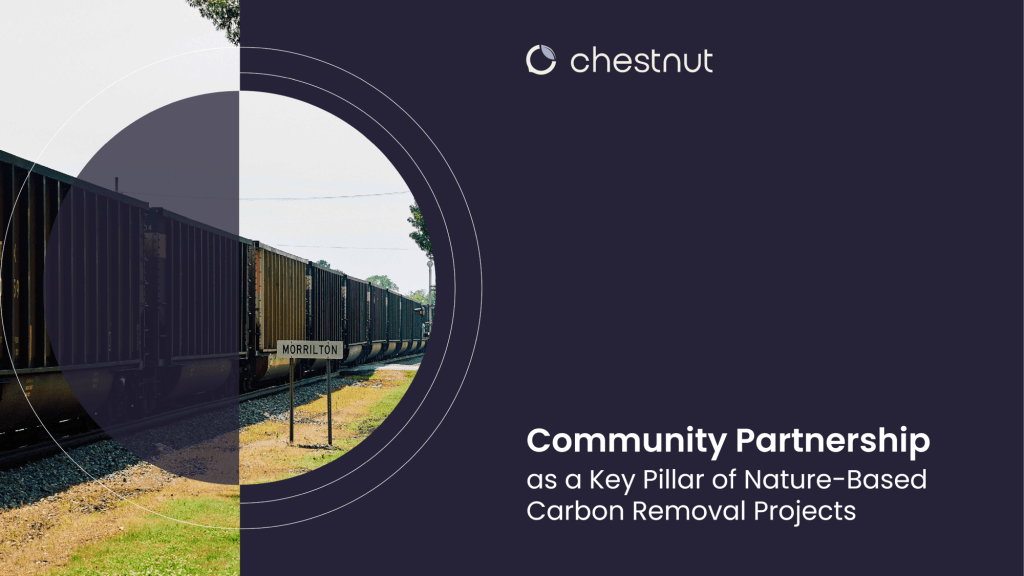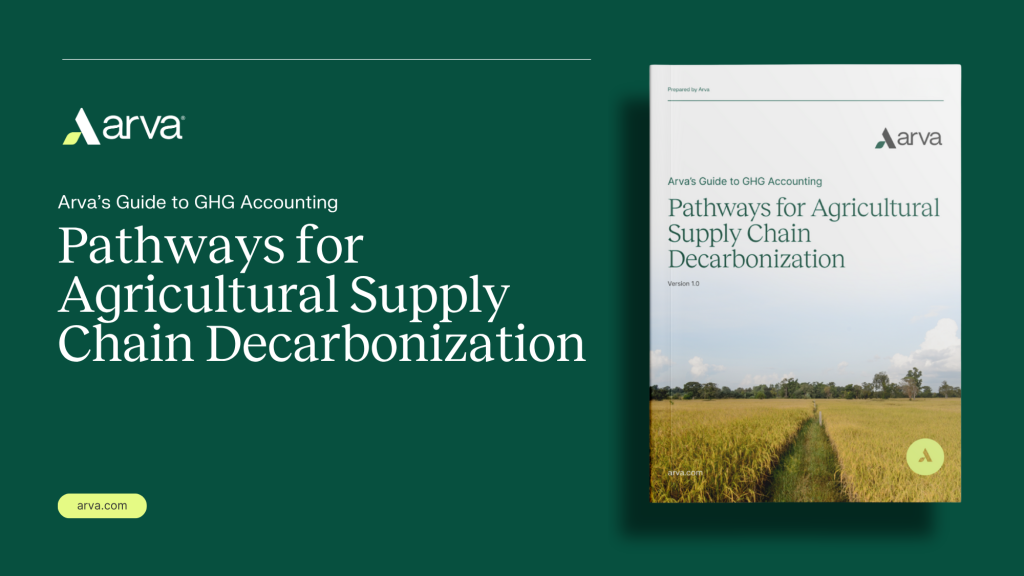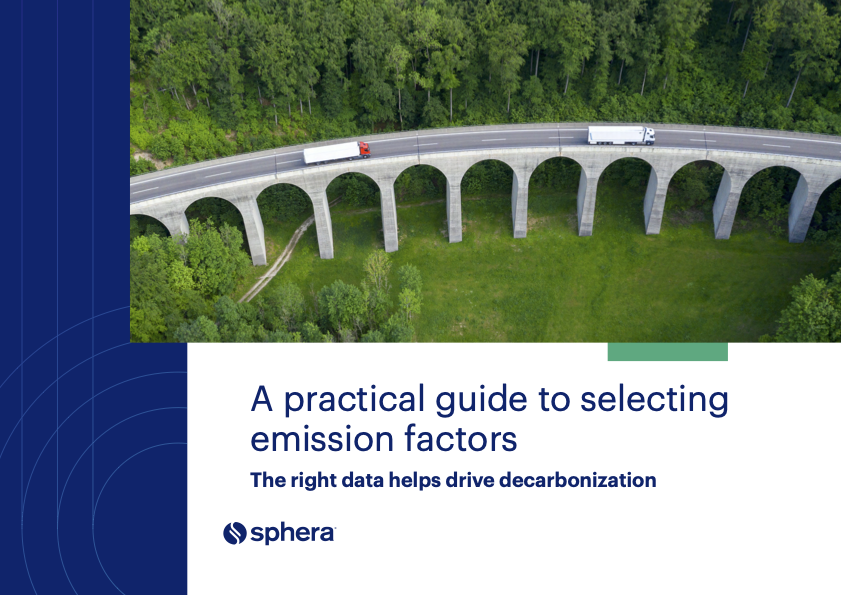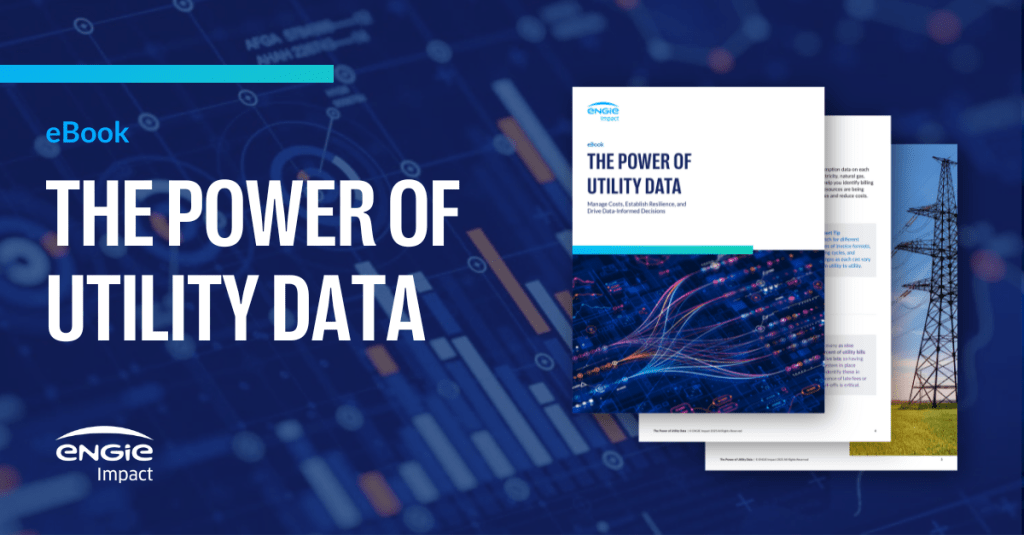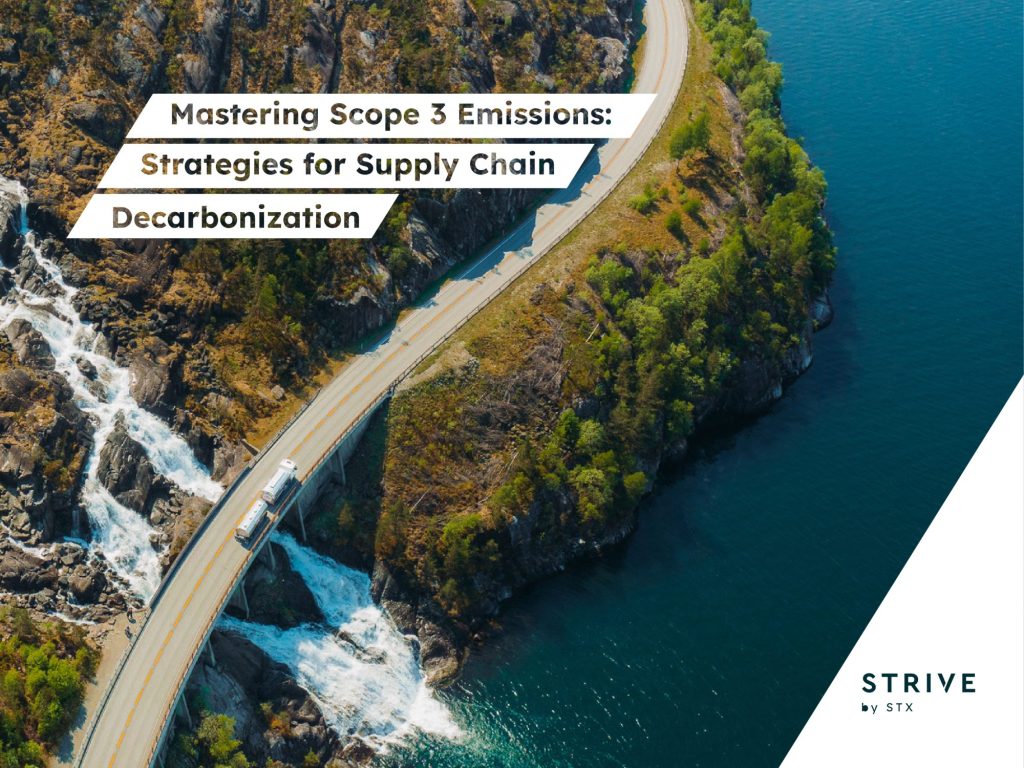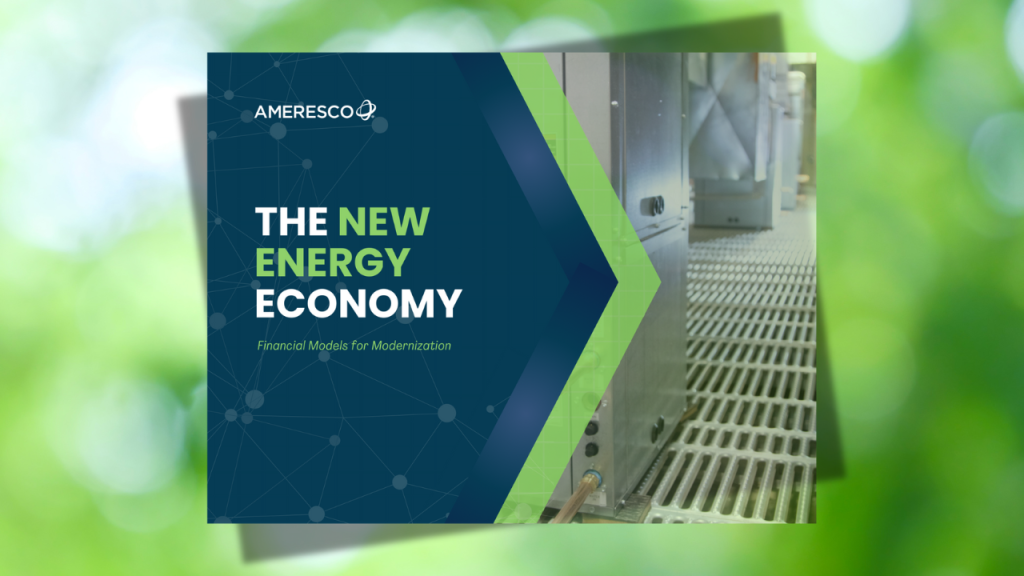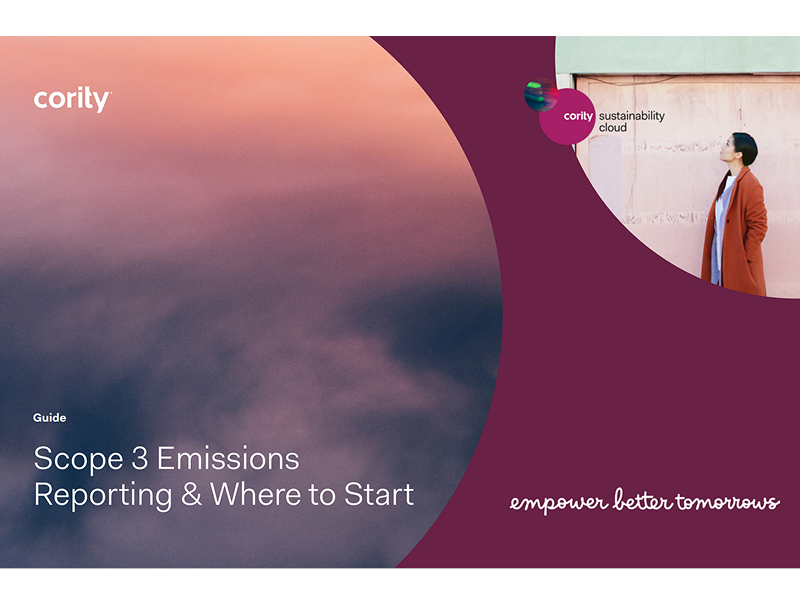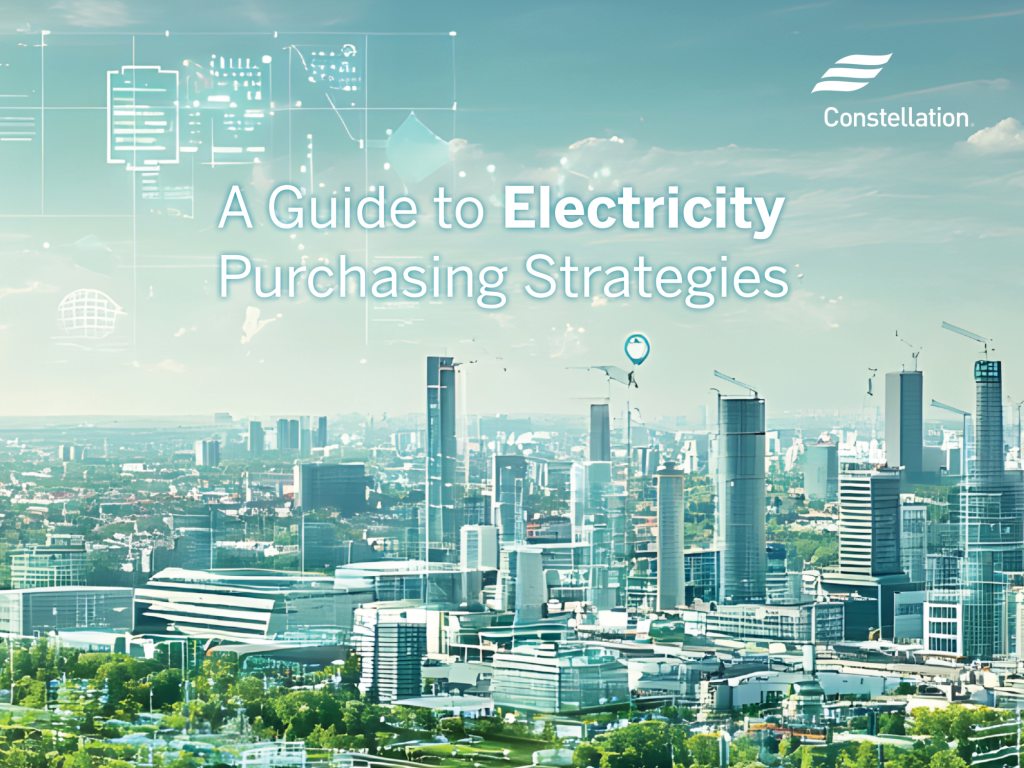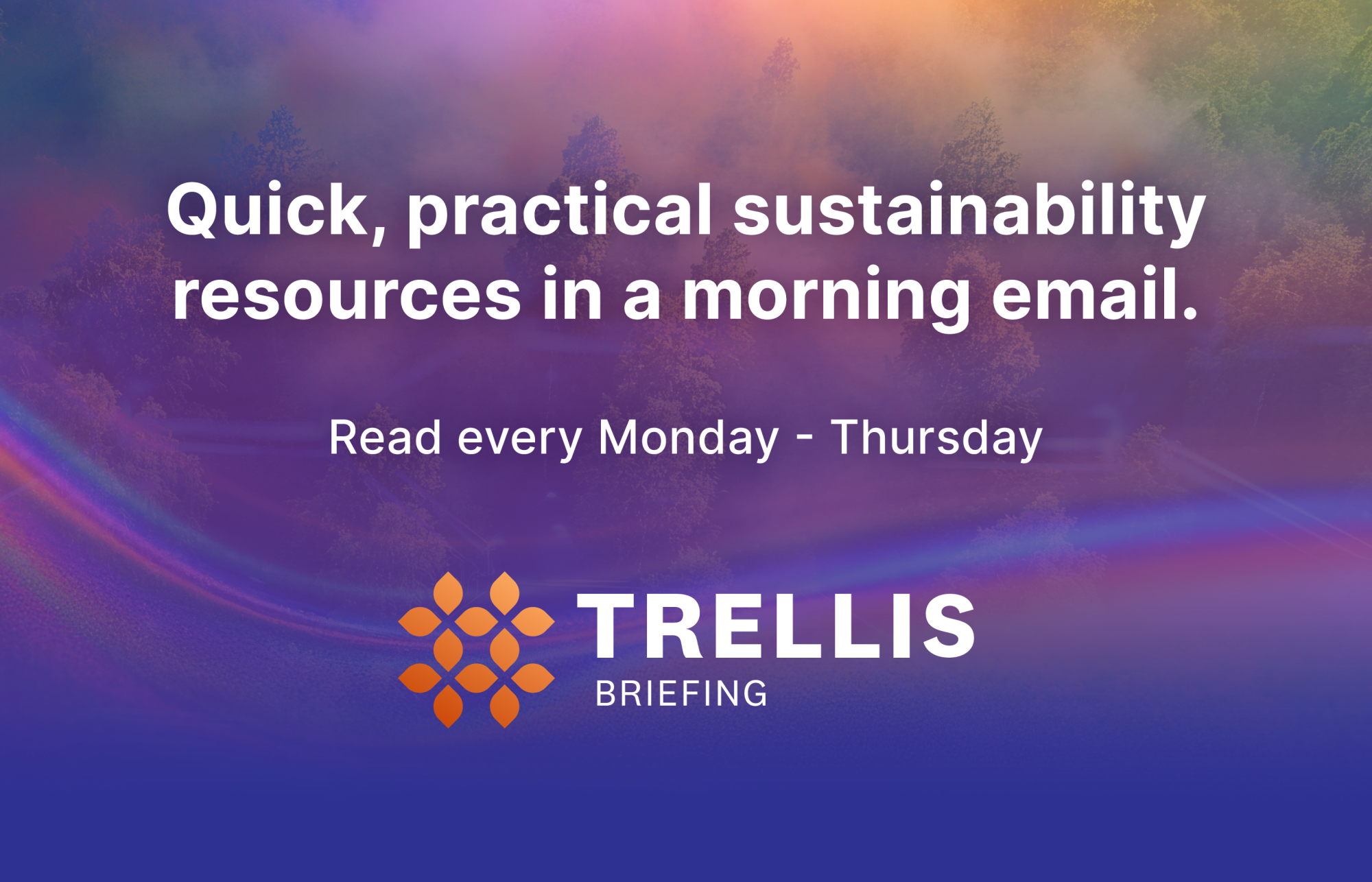The employee climate advocacy playbook: Lessons from inside Microsoft and Alphabet
Despite headwinds facing ESG initiatives, employee climate engagement is surging. Read More

- Despite headwinds facing ESG initiatives, employee climate advocacy is surging.
- Partnering with established climate organizations and engaging with employees at multiple levels can help accelerate outcomes.
- The most successful efforts combine external expertise with internal community building and approach sustainability teams as potential allies rather than automatic supporters.
The opinions expressed here by Trellis expert contributors are their own, not those of their companies or Trellis.
A couple years ago, when Van and his colleague presented before Microsoft’s Sustainability Connected Community, they weren’t delivering a typical corporate presentation. Instead, they were educating fellow employees about how their company’s membership in the U.S. Chamber of Commerce was actively undermining the climate goals they cared about. After several months of a campaign explaining the Chamber’s history of fighting climate legislation, hundreds of Microsoft employees were ready to sign their “Escape the Chamber” petition, ultimately spurring the company to conduct a public audit of its trade association memberships.
Meanwhile, across Silicon Valley, Sam faced a different challenge at Alphabet. Despite working for one of the most forward-thinking companies in tech, he discovered that every single retirement investment option in their 401(k) included oil and gas stocks. His campaign to change this — complete with financial analysis, an employee petition, and stakeholder meetings — eventually led Alphabet to add its first fossil-fuel-free retirement option.
Collectively, we represent more than 15 years working in tech. And while neither of our day jobs involves sustainability, we’ve become seasoned advocates for climate action in our workplaces. Our experience reflects a growing movement of employee advocates pushing for change from within some of the world’s most influential companies.
The rise of workplace climate advocacy
Data confirms what we’ve witnessed: Employee climate engagement is surging. A 2024 survey of more than 1,700 professionals found that 77 percent of employees are unhappy about their employers’ lack of climate action. And according to Deloitte’s 2023 CxO Sustainability Report, 59 percent of leaders say employee activism caused them to increase sustainability efforts, with nearly a quarter describing the impact as substantial.
This represents a fundamental shift in how climate advocacy happens — from external pressure to internal organizing — despite significant headwinds facing ESG initiatives that have forced many companies to dial back public sustainability commitments.
After years of campaigns, petitions and stakeholder meetings, we’ve learned that successful employee climate advocacy requires more nuance than most people expect. Specifically:
Don’t assume the sustainability team will automatically be interested
This might be our most surprising lesson: Your company’s official sustainability team may not immediately embrace grassroots efforts. When Van’s group initially approached Microsoft’s sustainability department about their U.S. Chamber of Commerce campaign, they encountered unexpected resistance. The sustainability team was focused on hitting specific carbon reduction targets and worried that a public campaign against trade associations could complicate their relationships with key stakeholders. They weren’t being obstructionist because they had legitimate concerns about how an employee campaign might affect their ability to work with industry partners on carbon reduction initiatives. Thus, Van and his colleagues had to demonstrate that their approach would actually support their goals and not undermine them.
The lesson: Sustainability teams are juggling multiple priorities and stakeholder relationships. Employee advocates need to make a compelling business case showing how their initiative advances — rather than competes with — existing sustainability efforts.
Lean on outside experts and external resources
Both of our campaigns found breakthroughs came from partnering with established climate organizations. Sam’s fossil-free 401(k) campaign exemplifies this perfectly. Instead of building financial arguments from scratch, his team partnered with As You Sow, a nonprofit specializing in shareholder advocacy and sustainable investing.
As You Sow provided comprehensive research on fossil-fuel-free fund performance, analysis of fiduciary duty considerations, and template language for the internal business case. They also connected the Alphabet team with employees at other companies who had run similar campaigns.
Sam estimates they probably saved six months of research time by partnering externally. In addition, having a credible external partner gave the Alphabet campaign legitimacy. They weren’t seen as just passionate employees with an idea, but employees who were presenting research-backed recommendations from recognized experts.
The lesson: Finding credible outside experts and organizations to help boost your argument can go a long way, and save you time.
Recognize that building community is harder than you think
Everyone knows building community is important, but few appreciate how challenging it becomes in the modern workplace. In an era of Slack overload and meeting fatigue, creating sustained engagement around any cause requires serious strategy.
Both of our successful campaigns recognized that people need multiple ways to engage at different commitment levels. Microsoft’s Sustainability Connected Community created what Van calls an engagement ladder — from email subscribers to active chapter leaders. New members might start by attending virtual presentations, then join working groups and eventually take on leadership roles.
Successful community building requires infrastructure, from dedicated Slack channels to regular programming to clear pathways for involvement. We’ve both learned to celebrate small wins and maintain momentum during setbacks. After all, creating change in a corporate environment is a marathon, not a sprint. And the community you do build is what sustains you through the long stretches where it feels like nothing is happening.
The lesson: Don’t assume passion translates into sustained participation. Just because people care about climate change doesn’t mean they’ll automatically show up to meetings and volunteer.
The way forward
As employee climate advocacy continues growing, our experiences at Microsoft and Alphabet offer a template for others. The most successful efforts combine external expertise with internal community building, approach sustainability teams as potential allies rather than automatic supporters, and focus on concrete, achievable goals that align with broader business objectives.
As traditional ESG initiatives face headwinds, employee-driven climate action may represent the most sustainable path forward for corporate environmental progress. For employees ready to take action, our message is clear: Find your partners and don’t be discouraged if progress comes slowly. The most important climate work in corporate America may not be coming from the C-suite. Instead, it’s coming from passionate employees who refuse to wait for someone else to solve the problem.

Subscribe to Trellis Briefing
Featured Reports

The Premier Event for Sustainable Business Leaders


